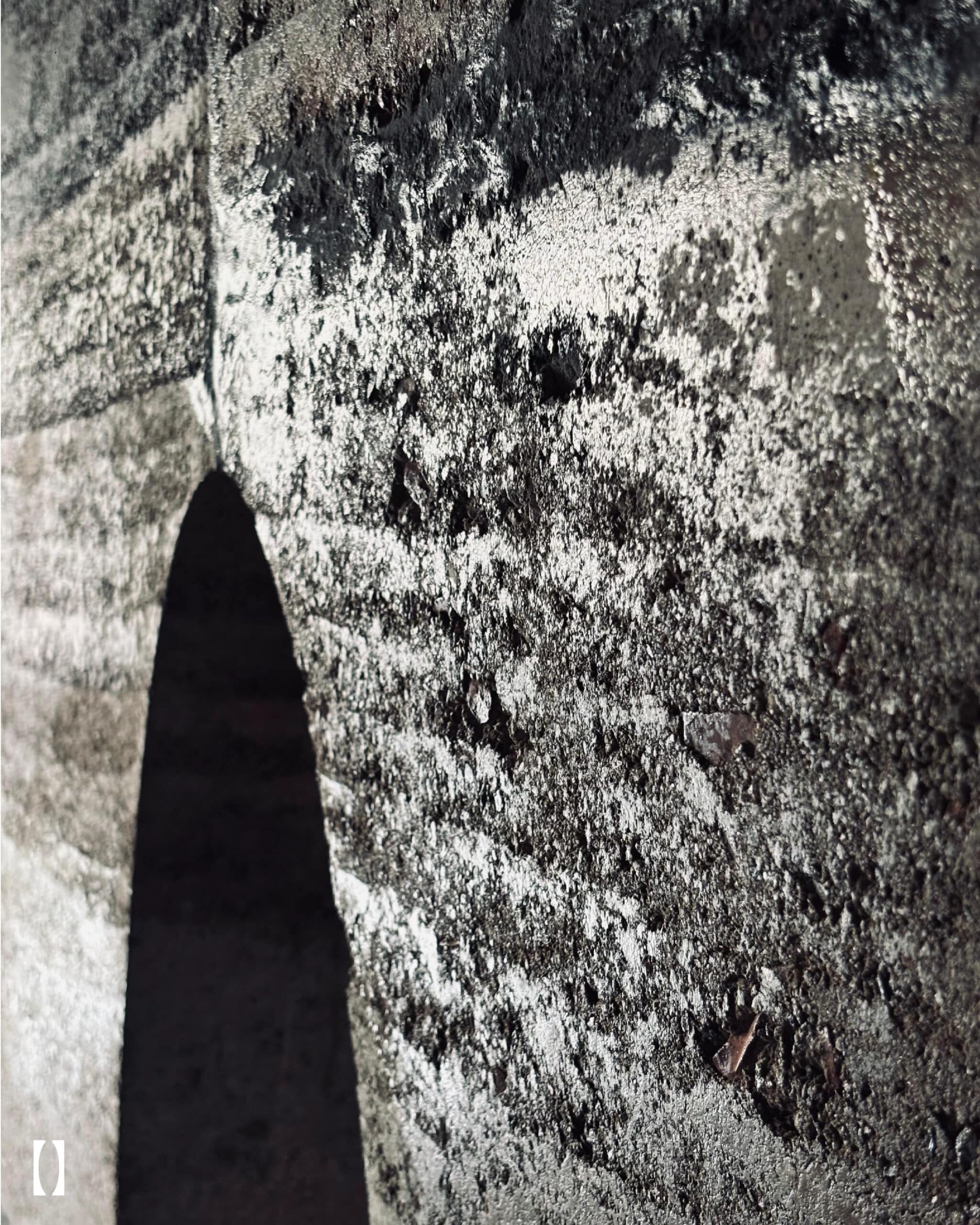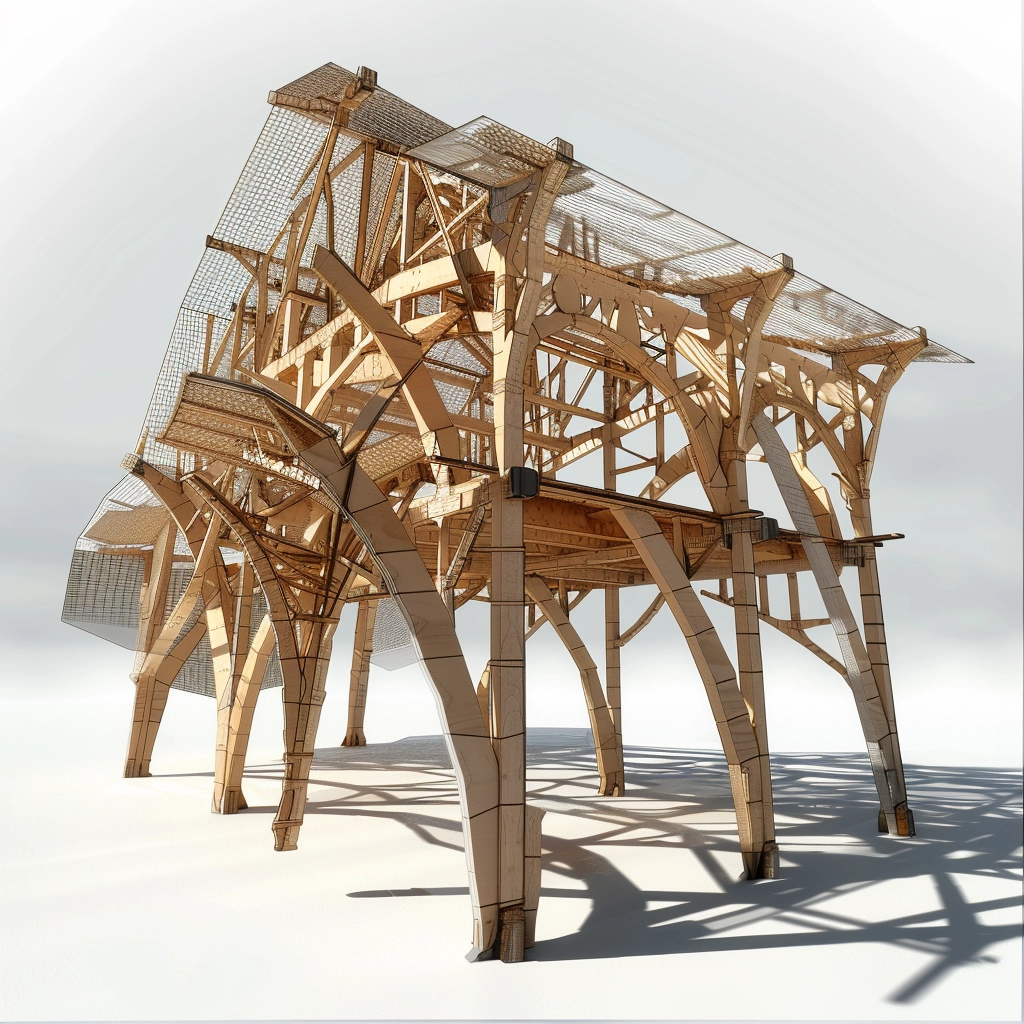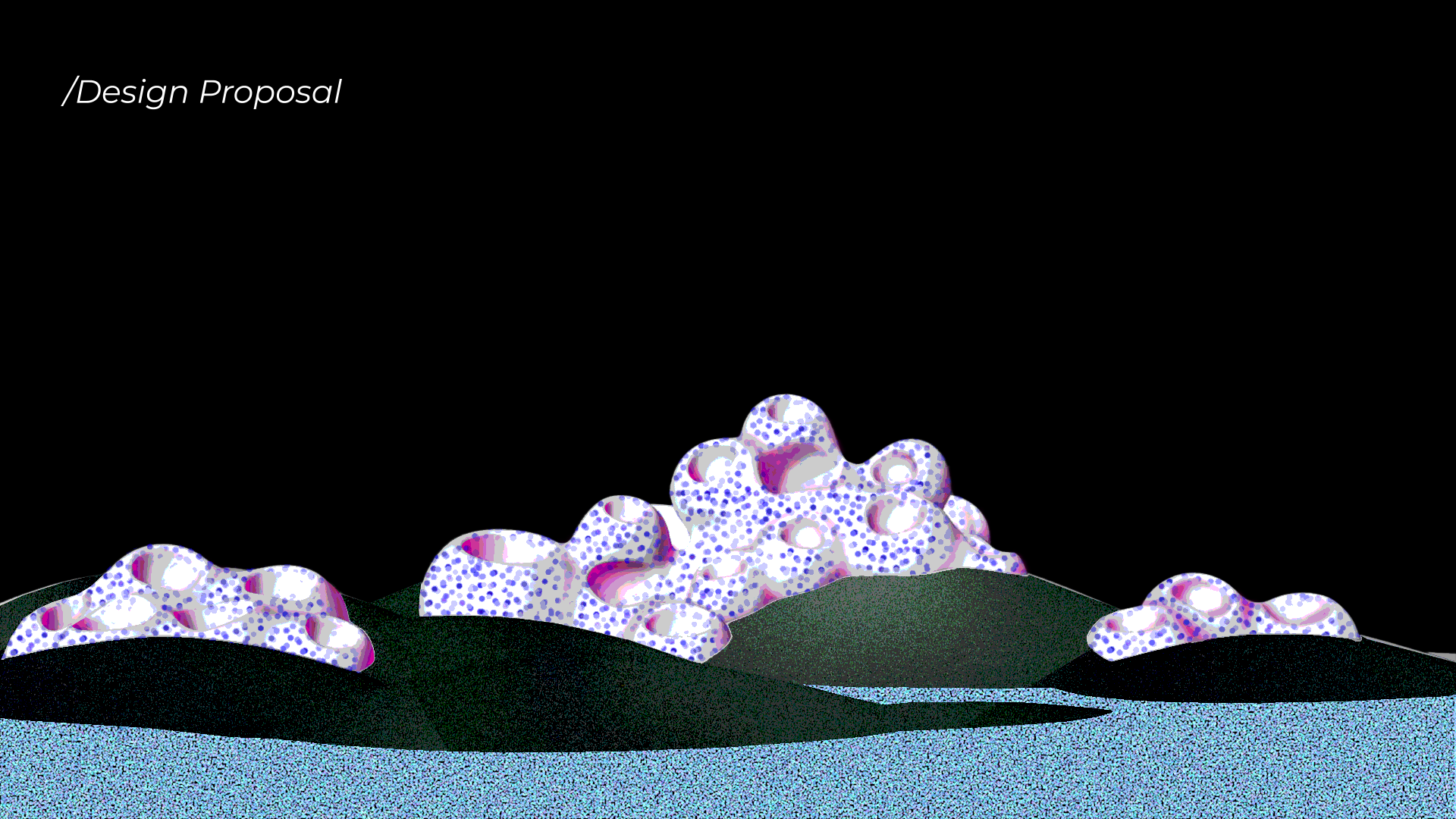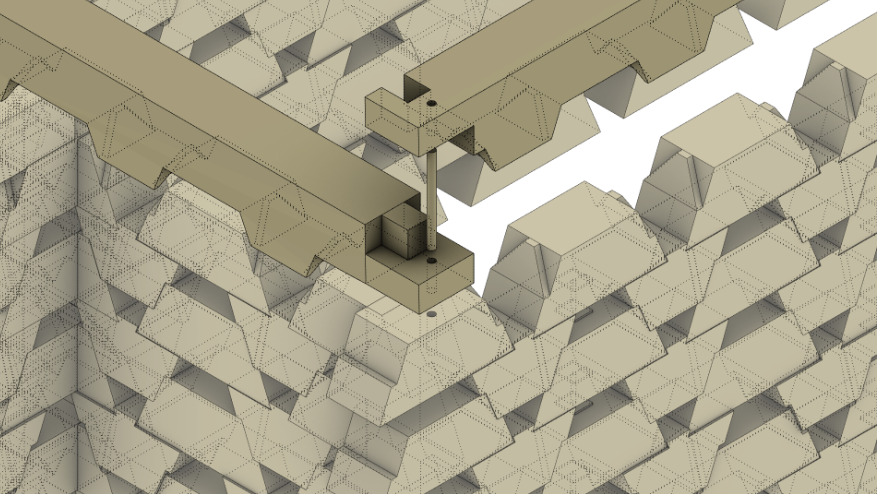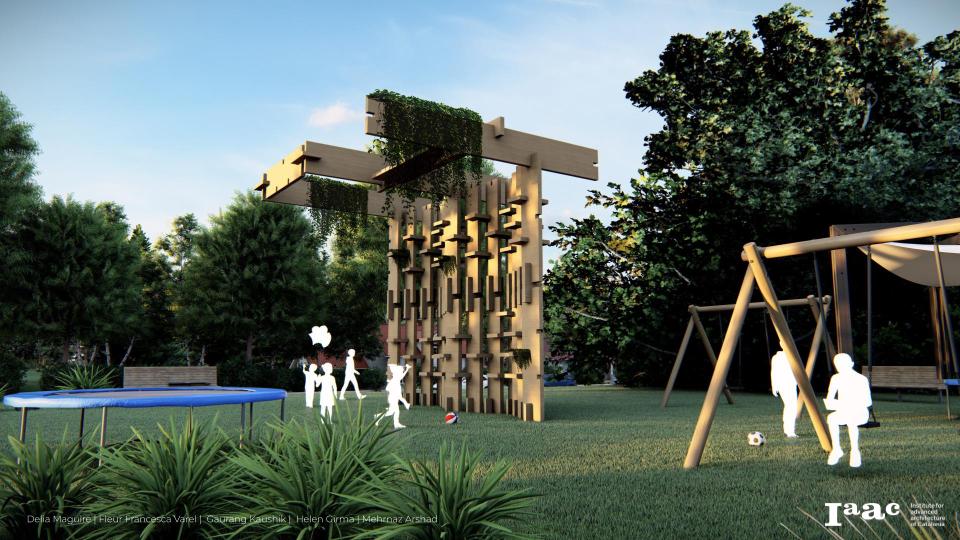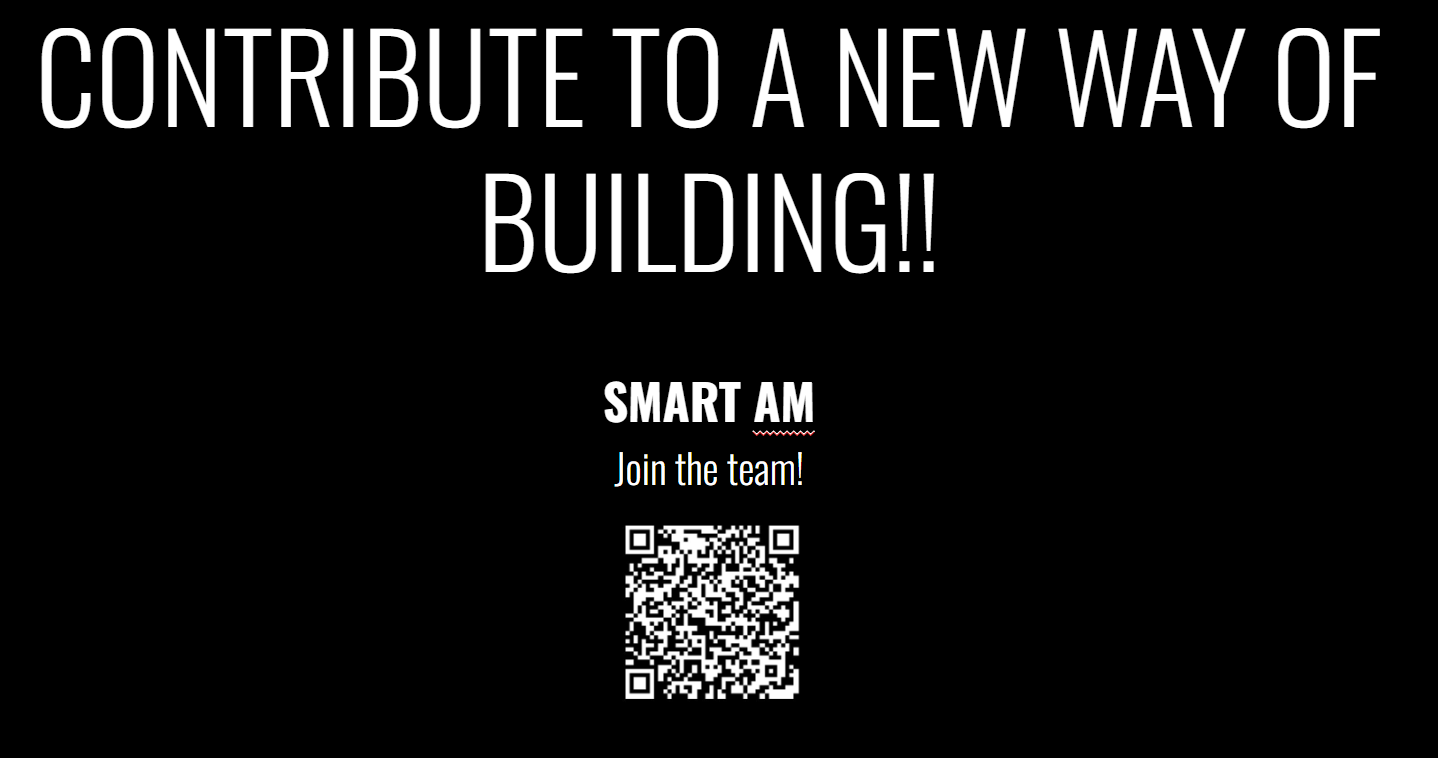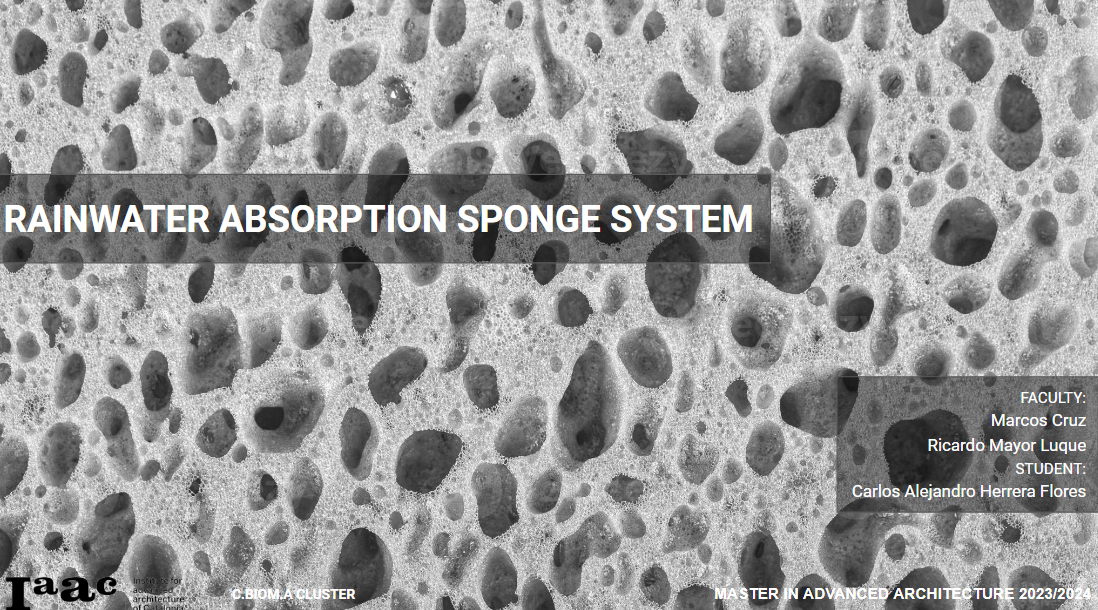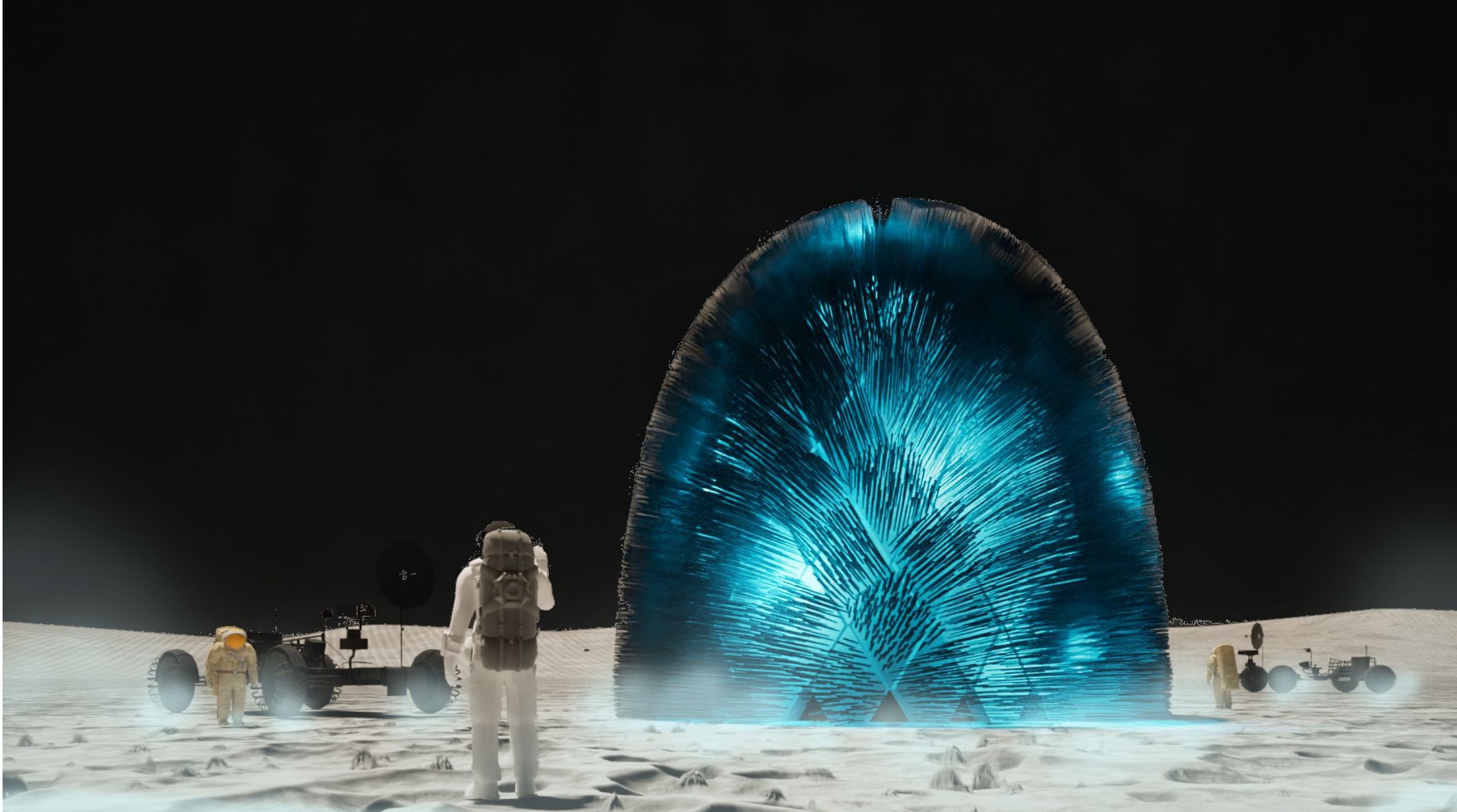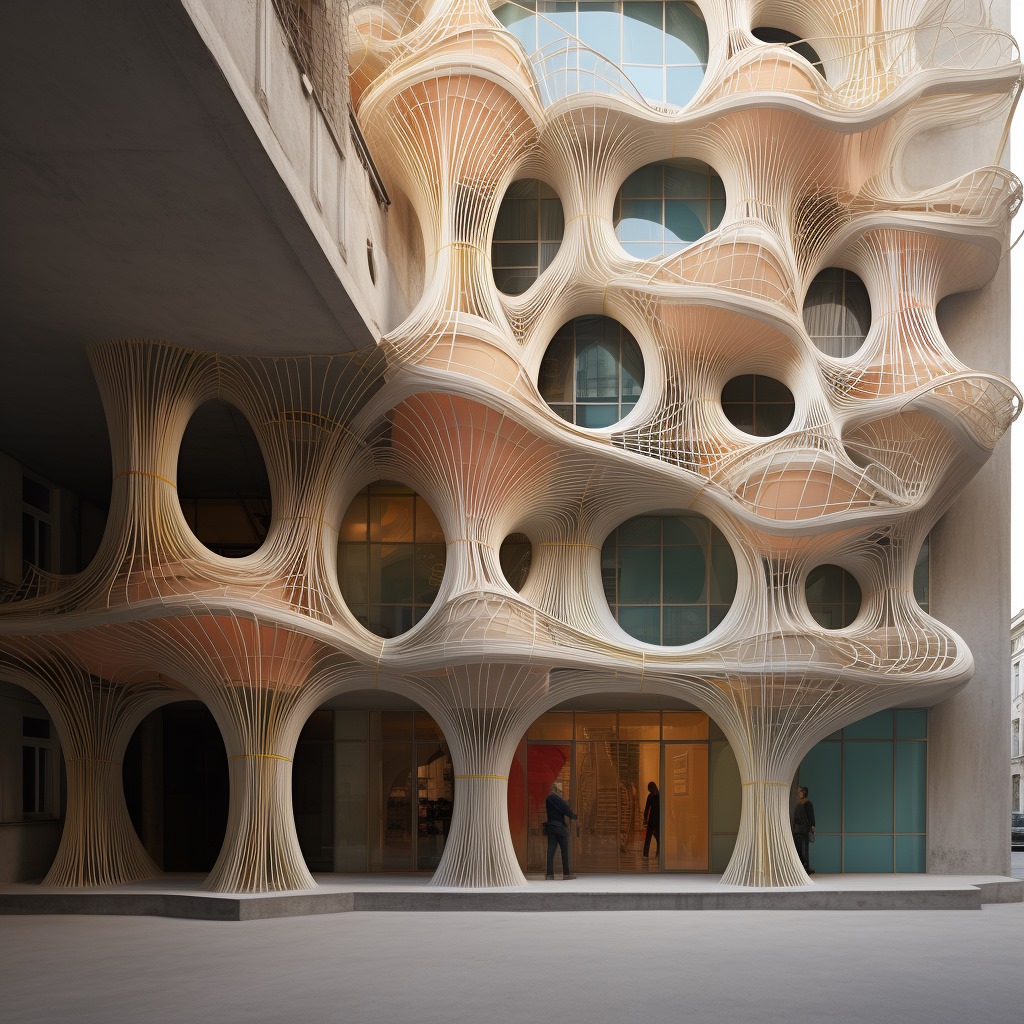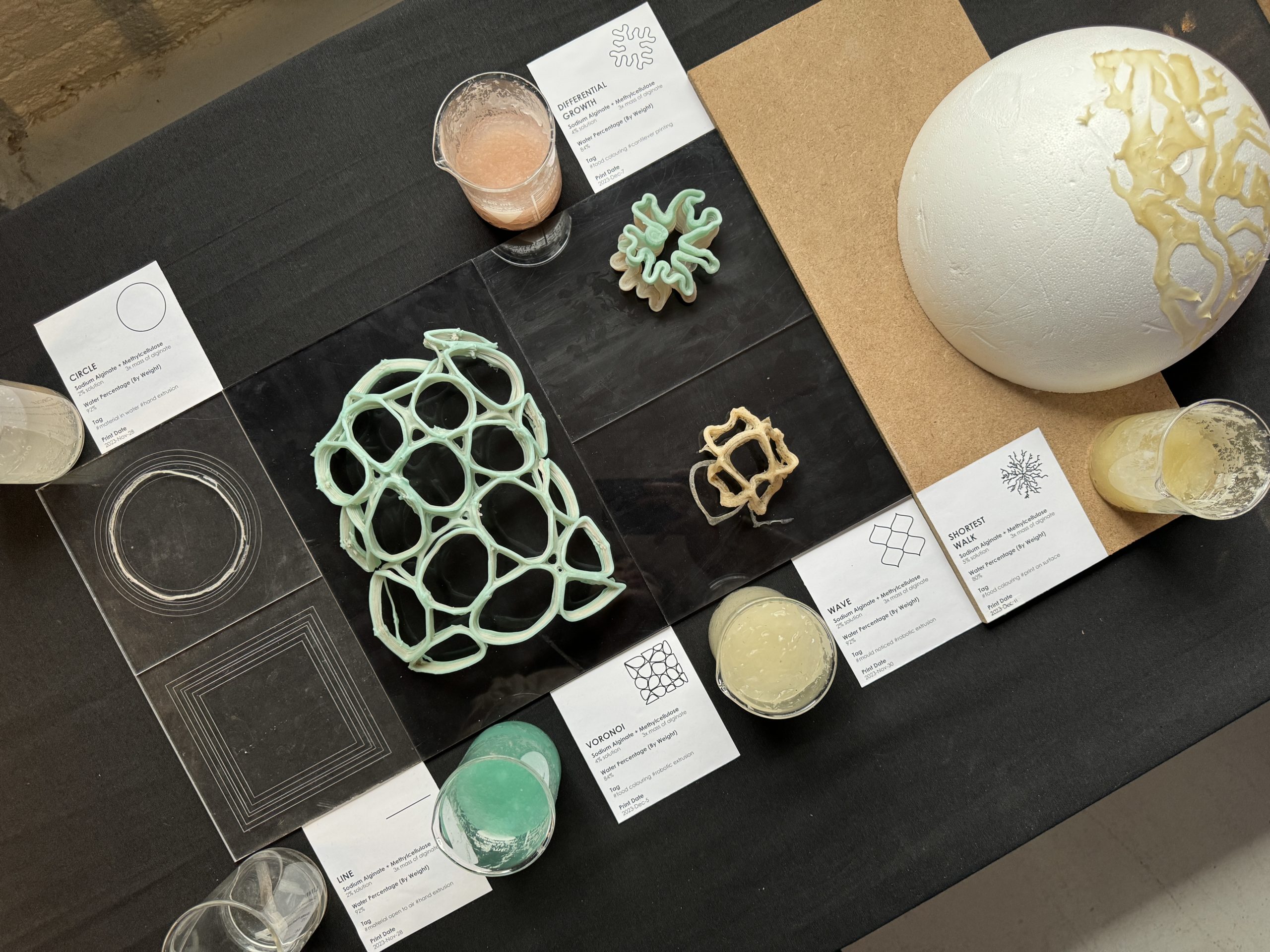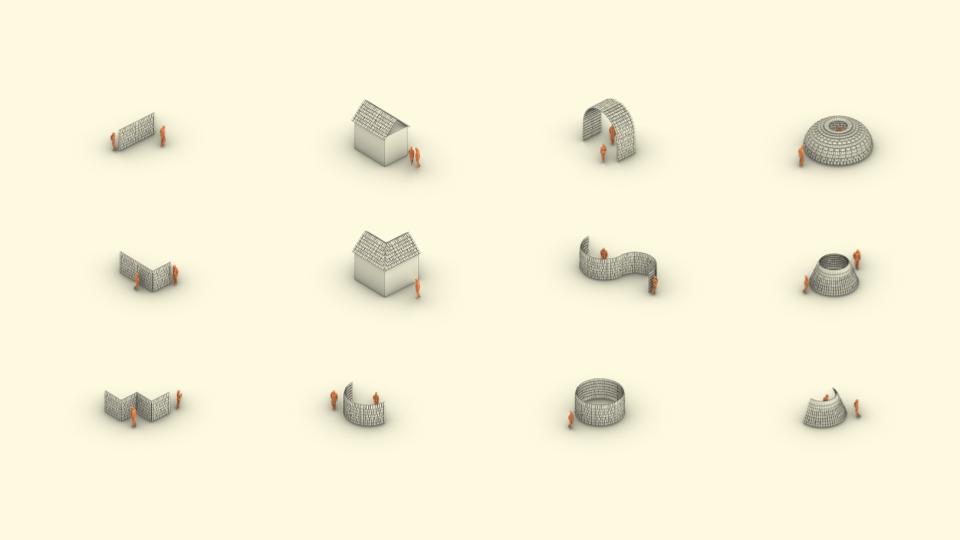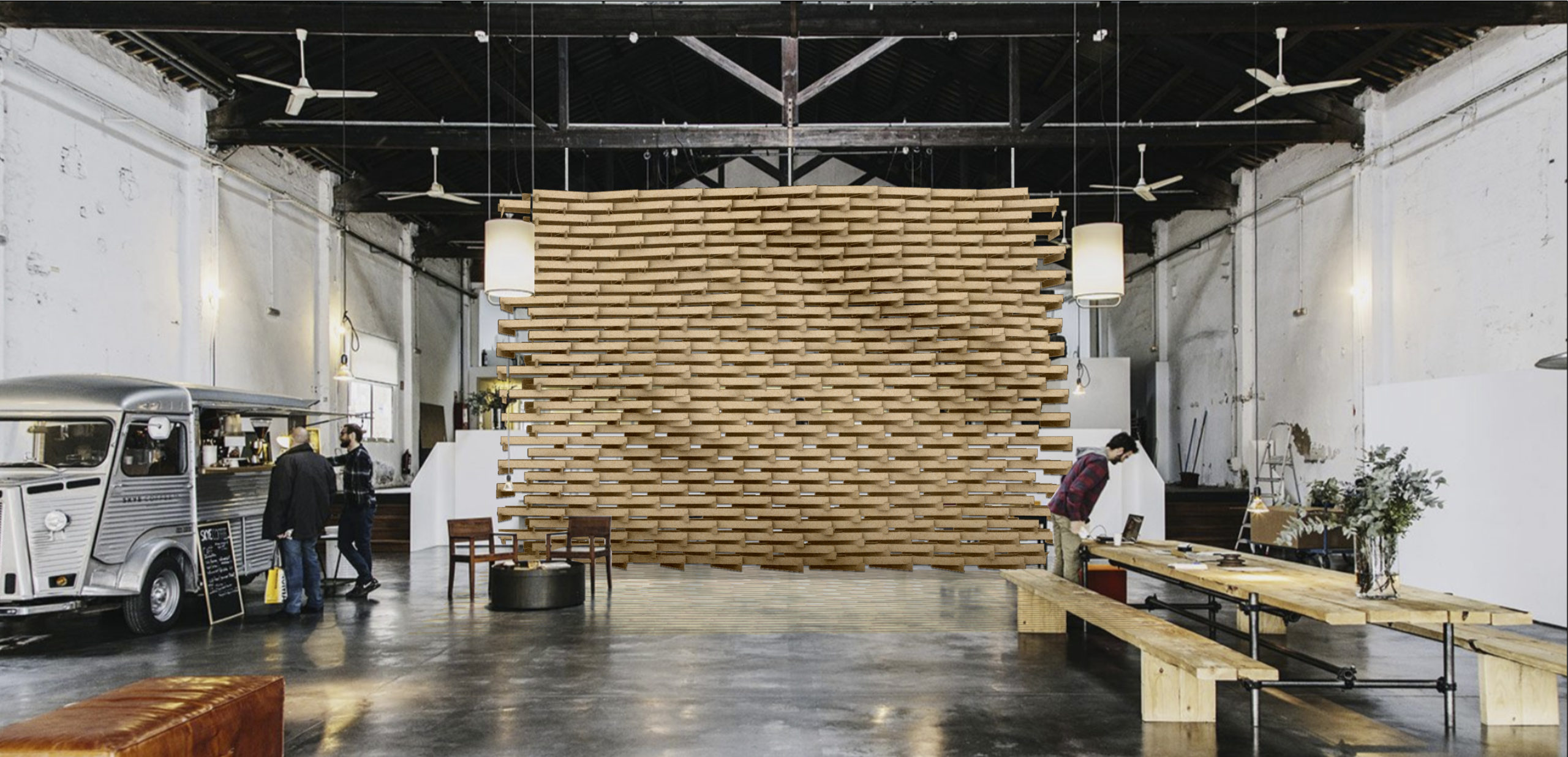During the second year of the Master in Advanced Architecture + Thesis Project (MAA02), students have the unique opportunity to work for a period of 1 year on an Individual Thesis Project, focused on the development of a research or pilot project based on the student’s interest, and the learnings of the first year. IAAC supports the student in selecting their Thesis Project topic in order to better orient them according to their future career interests and opportunities. Each student, according to their specific topic, is assigned one or more Thesis Advisors that follow the development of the work throughout the year.
In parallel to the development of the Individual Thesis Project, the second year of the MAA02 offers a series of seminars enhancing the theoretical, practical and computational skills of the students.
Advanced Manufacturing Cluster – T01
Research Question Context Why Natural Fibers? Possible Impact Typologies State of Art Material Research Methodology Design Workflow
Directional Strength: Glulam Components in Force-Responsive Design
This research explores the optimization of glulam in architectural design by aligning material grading and grain orientation with force trajectories. Combining glulam offcuts and higher-grade timber, the study minimizes waste while maximizing structural efficiency. Computational workflows and generative algorithms are used to design force-aligned components for scalable applications. Prototypes demonstrate enhanced performance and sustainability, offering … Read more
Transient Plastics
The plastic crisis has reached staggering proportions. If all the plastic waste on Earth were laid out, it would be enough to cover the entire surface of Argentina ankle-deep. Every year, we produce 300 million tons of plastic globally. Yet only 10% remains in use, while more than 80% is discarded. Of this discarded plastic, … Read more
ROTATIONAL COLUMN – CIRCULAR WOOD DESIGN
STATE OF ART Part to Whole HG-A, South Korea – 2014 Building Traditions with Digital Research Rui Oliveira, Jose Pedro Sousa – 2016 Columns are analyzed as primary element of Ferreira’s designs. Columns, traditionally crafted through meticulous layering of bricks, are viewed both as structural and visual elements in his designs. RESEARCH QUESTION; “In what … Read more
ROBOTIC FABRICATION SEMINAR
The environmental impact of the construction industry is a pressing concern. As architects, it’s essential that we shift from a linear model of consumption and production to a circular economy. In recent years, there has been notable progress in upcycling various construction materials and replacing high-emission materials like concrete with more sustainable alternatives, such as … Read more
Irregular Modularity
How can we use irregular elements of reclaimed offcut-timber to challenge the methodology of using planar, Interlocking and stacking techniques which can then be utilized in the design of forms ? Data CollectionThis first starts with a collection of materials and the creation of a database. This database serves as a resource for the planning … Read more
SMART AM
Multi-material Additive Manufacturing solutions. CONTEXT The synergy between clay additive manufacturing and computational design has revolutionized construction, bridging the gap between project design and production. This integration has established a direct-design-build system, facilitating seamless translation of intricate designs into physical structures with precision and speed. This transformative approach enables complex geometries, customization, and cost-effective sustainability … Read more
R-FIT
“Framed by the environmental crisis and taking into account the thermal and structural inefficiency of the existing building stock, this thesis will be an exploration on architecturally and structurally meaningful elements, as plugin systems to address the need for retrofitting. The main objective is to provide alternatives of structural retrofitting methods by utilizing robotic fabrication … Read more
Shingles
This project repurposes live-edge wood waste for shingle facade elements, enabling diverse spatial configurations. The goal is a flexible system accommodating varied thickness, length, and geometry of live-edge wood waste. Advanced robotic fabrication and scanning ensure adaptability in design. The focus is on an easily constructed, flexible system utilizing scanning to match live-edge wood, resulting … Read more
LOG-LIVE
MASTER IN ADVANCED ARCHITECTURE ROBOTIC WOODCRAFT FACULTY: Alexandre Dubor, Marielena Papandreou, Huanyu Li STUDENT: Praneeth Aashwinay Basavraju, Anish Hatekar, Bora Cobanoglu, Sunny Manish Chopda
PALLET PROJECT
MASTER IN ADVANCED ARCHITECTURE ROBOTIC WOODCRAFT FACULTY: Alexandre Dubor, Marielena Papandreou, Huanyu Li STUDENT: Snehal Pare, Sbusiso Bhembe, Natnaree Wichieansin, Shrey Kapur, Hritik Thumar

